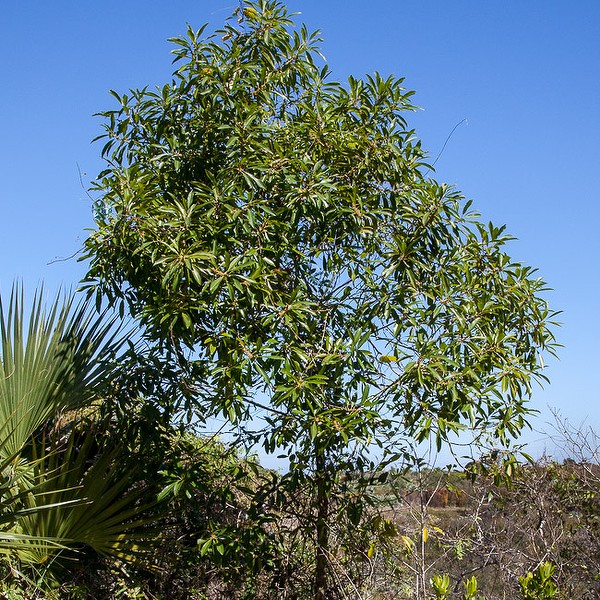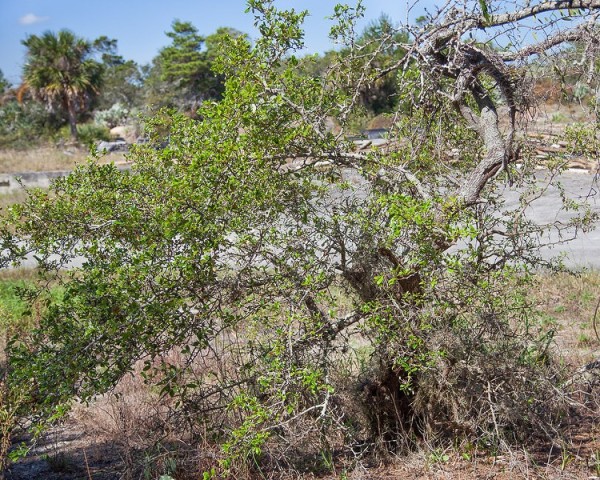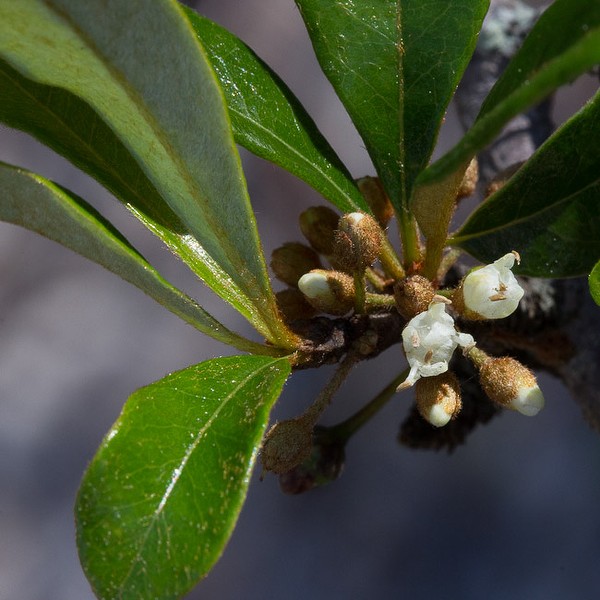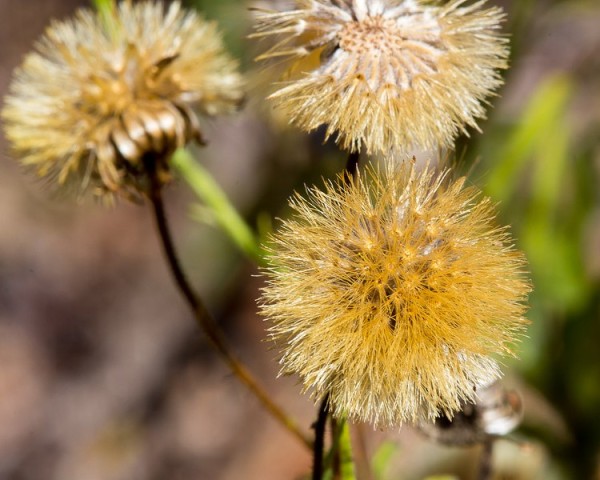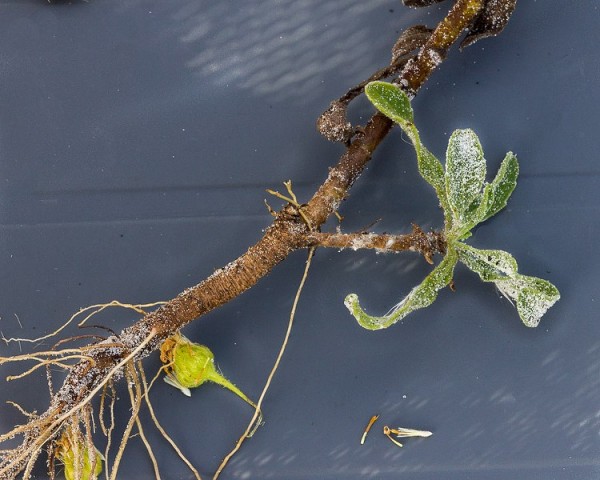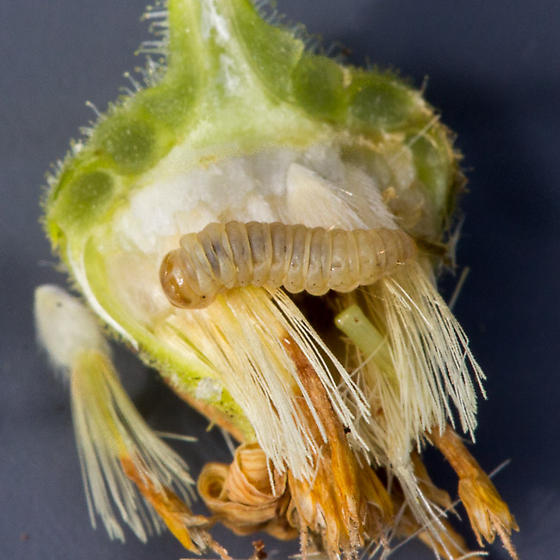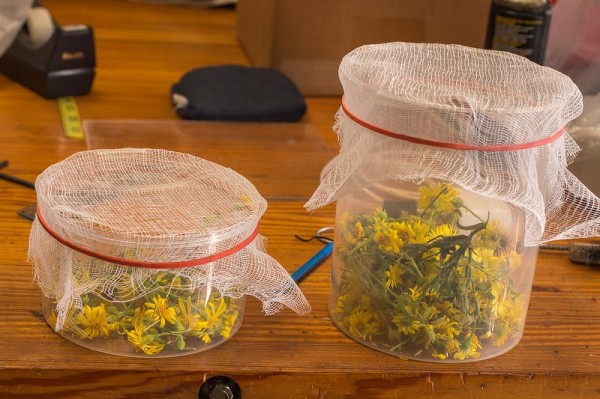Golden-Asters
Chrysopsis scabrella
Asteraceae
Yesterday John and George continued a multiweek appreciation of Jonathan Dickinson State Park, exploring this episode mostly the scrub area around Hobe “Mountain” (big coastal dune). The alpine vistas are postcard pretty, and the montane flora is joyous too. Understand, this massive pile of white sand looks like something out of Arizona, complete with cacti, big agaves, and no doubt rattlesnakes. Especially eye-catching yesterday in bud/early flowering were two different species of “Bullies”: Tough Bully (Sideroxylon tenax) and Willow-Bustic (S. salicifolium).
The Willow-Bustic, alternatively encountered as a hammock species in our experience, stood out as one of the dominant woody species on the fulsome dune, and the Tough Bully made its impression as an old, weather-worn, lichen-covered individual in the middle of historical Camp Murphy. CLICK The kinky tree could pass for a small live oak, and looked old enough to have been around in the WWII heyday of Camp Murphy, and gnarled and sand-blasted enough to be straight out of Lawrence of Arabia.
- Tough Bully on N base of Hobe Mountain
At that site, and throughout scrubs and dry pinewoods, is a vibrant yellow presence right now, Coastalplain Golden-Aster, Chysopsis scabrella, a sand-loving, sun-drenched, indestructible yellow-flowered ray of sunshine in Florida and nearby Southeastern States. The ability of this species to thrive baking on sugar sand is remarkable. It flourishes blooming on bare open windswept sand where it almost seems little else can survive.
Not very exciting or photogenic, the root is a massive brush infiltrating the sand below. The above-ground growth presents more to describe and photograph. The early growth is a fuzzy gray-green rosette, leading some botanists to dub the plant a biennial, although the life cycle seems more complex than that. A stem rises, oh let’s say, 2 feet from the rosette, and something curious happens, the leaves in the lower part of the stem wither, as though the plant in its extreme habitat sheds foliage it does not absolutely need, taking a little inspiration from cacti and other leafless or minimal-foliage desert plants.
Another Florida member of the Composite Family that likes to accumulate fragrant dead leaves along the stem is “Rabbit Tobacco.” SMOKE THIS Every time I see the dry Golden Aster leaves I experience, but resist, an urge to try smoking them. (That would be beyond stupid, but stupidity does not always stop me.) Interestingly, also, the soft pith in the center of the stem seems to fizzle out…again, the plant shedding all but necessary tissue?
Around here the Golden Aster lives up to its name with a stunning late-winter canary floral display although flowering is not confined to this season. In late winter, now, a new rosette (basal leaf cluster) forms as a side-branch at the old plant’s base. In a garden setting you might say it makes “offsets,” or “pups,” not an uncommon behavior in desert species, for example agaves.
So perhaps the Golden-Aster is an improved biennial…yes, it goes from rosette to flowering stem, maybe even in two years in the fashion of a biennial, but then remakes a new rosette based on the existing hard-earned and precious root system, and thus is sort of an immortal “biennial.” How many years one root system generates annual resurrections would be fun to know.
As John and I were photographing, and sniffing the fragrant foliage, and savoring the Golden Asters we noticed an entomological curiosity. At the bases of the flower heads (the units that look like single yellow flowers) often a little whitish larva maybe ¼ inch long nestles in a little cup with its frass. When disturbed, the wee stowaway bungee jumps on a silk thread. (It probably leaps when the flower head disintegrates, rockin’ its dreamboat.) We do not know what the hidden hobbit is. John posted photos on BugGuide.net, yielding opinions of moth, although which species is not clear. We’d love to know.
We’d love to know so much we placed occupied flower heads in containers hoping maybe we can “rear one out” for definitive ID. In the meantime, there’s a mystery trespasser in the Golden Aster flower heads.
